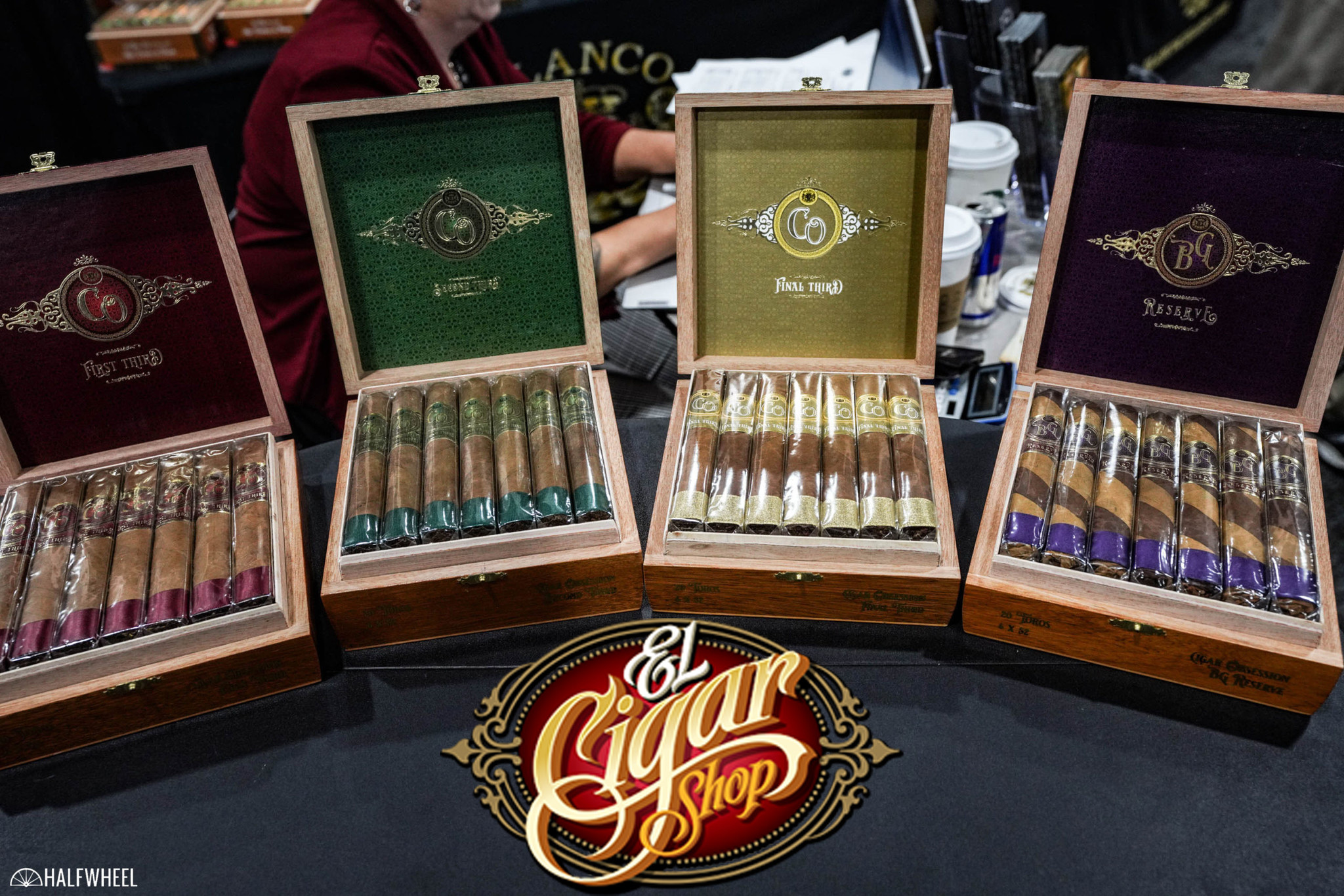Cigar Bands Online
- Posted on
- Posted in cigar bands, Cigar Bands Online
- 0

The cigar bands can be simple or elaborate, beautiful or mundane, and they come in all price ranges. They are an important part of the market in today's era of cigars, and cigar smoking.
Some cigar bands only contain one word, like the Tatuaje cigar band. Some are symbols like the Padron cigars, which are a lot more affordable.
Some cigar bands, however, are exquisite works of art. For example, the Arturo Fuente OpusX cigar bands or the My Father bands.
Cigar bands tell stories and promote brands while you smoke your cigar with friends and strangers. Where did the idea of putting bands on cigars come from? This practice, which we take as a given, is from where?
Some stories are implausible and suggest that Catherine the Great, a former Tsarina from Russia, started the practice. She wrapped silk around the cigars that she smoked to protect her hands from the nicotine.
Experts in the history and culture of cigars, mainly in the west, suggest that this practice dates back to the 1800s. Gustave Bock, a Dutch-born cigarmaker, is widely believed to have initiated the process.
Gustave had ordered paper rings to be placed on cigars he was exporting to Europe in the 1830's. He believed that this would be a sign of the quality of the cigar.
The practice spread quickly over the globe within two decades. Even master cigar-maker in Cuba was now using bands to decorate their cigars.
This was a way for cigar makers to trademark not only their names, but also their band designs. They were also telling cigar buyers to only buy banded cigars. If the band on a cigar is missing, it's likely that it wasn't authentic from their facilities.
The 20th century saw cigar bands take on a new role. The best way to make cigars stand apart (and the way they still do to this day) was to use well-designed bands that reflected quality. The cigar's high status was maintained by this method.
It was estimated that cigar smoking was common in America during the 1900s. History suggests that cigars were so popular in 1900 that 2 BILLION (yes with a B!) cigar bands were sold.
These bands were first sold by a printer in the early 1900s. They were usually packaged in 100-piece bags and then applied by the manufacturer. They applied a small amount of plant-based adhesive to the band to ensure it would remain in place.
Even the most enjoyable of frivolities, such as cigars, began to lose their value over time. The way to reduce costs was to reduce their cigar bands. They went from having more elaborate bands to simpler, four-color bands. It was becoming less common to find cigars on the shelves of tobacco stores, and cigarettes were more popular.
As premium cigars have become more affordable, cigars have made a comeback.
Cigar bands can be as simple or complex as you like, and are often found on a variety of brands. The cigar maker's desires to stand out can dictate the thickness of cigar bands, which can range from less than 1 inch to several inches.
People often collect the bands from their favorite cigars. Personally, I do this by carrying around several dozen of my favorite cigars' bands. After you have smoked the cigar, it is easy to take them off. The heat of the cigar will usually loosen the adhesive.
Take a look at the bands next time you visit a walk-in humidor at your local cigar shop or browse your favorite online store for cigars. Pay attention to the differences. Pay attention to what they are trying to communicate. Pay attention to what they are trying to say and which ones grab your attention.
Those bands were made by someone who worked very hard.
About Us
El Cigar Shop We are an online and offline cigar shop in Glenside, PA. Talk to one of our staff members about helping you choose the right cigar. Call us at 215-576-5300. Contact El Cigar Shop via email for Additional information .



Comments
Be the first to comment...